British Airways advances the creation of environmentally friendly aviation fuel
Prashant-prabhakar
03 Nov 2022
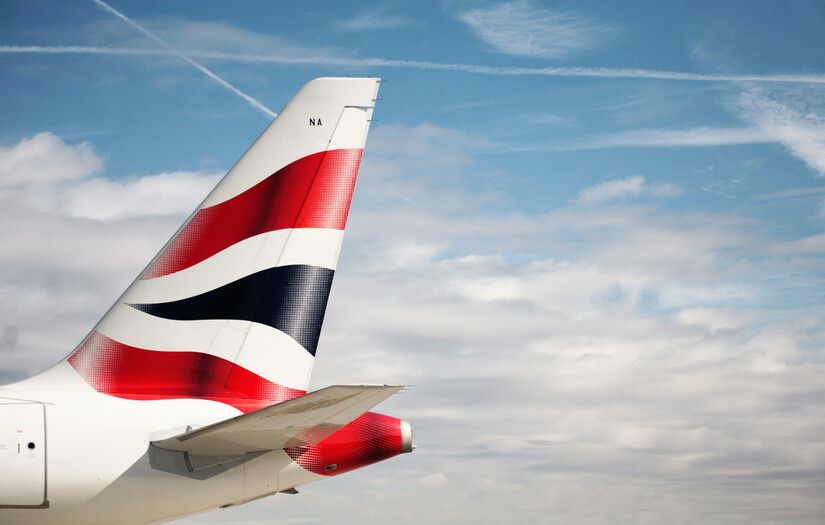
Representative | GreenAir News
British Airways has agreed to quicken the large-scale, environmentally friendly aircraft fuel manufacturing venture known as Project Speedbird that it started in 2021 with LanzaJet and Nova Pangaea Technologies. The parent company of the airline, IAG, will contribute to the next round of development work as part of the agreement. Construction could start as early as next year, and production could begin as early as 2026.
Project Speedbird
The UK's Department for Transport (DfT) 'Green Fuels, Green Skies' competition awarded Project Speedbird about £500,000 ($570,000) to support an initial feasibility assessment for the project's early stages of development. According to British Airways, the project is now finished, and the partners have sought for an extra funding from the DfT's Advanced Fuels Fund to move forward with the next stage of development.
British Airways
Located in the north-east of England, the plant would produce 102 million liters of SAF annually from agricultural and wood waste, which BA would purchase to power its planes. For its corporate and individual customers, the airline has also introduced improved web tools to calculate flight carbon emissions and lessen their influence on the environment. Customers could previously buy carbon offsets and sustainable aviation fuel using the airline's carbon offsetting tool, but thanks to a partnership with climate tech firm CHOOOSE, the new CO2llaborate program will give them more control over the ratio of SAF to verified carbon offsets they wish to buy.
Project Speedbird is another great step towards our mission to reach net zero carbon emissions by 2050 or sooner and achieve our target of using SAF for 10% of our fuel by 2030. SAF is in high demand but in short supply across the globe and so it is essential that we scale up its production as quickly as possible. With further investment and continued government support, Speedbird will be a key and pioneering project in the production of SAF here in the UKcommented the airline’s Director of Sustainability, Carrie Harris
Carrie Harris | British Airways
Utilizing a combination of cutting-edge technology, the SAF will be created using Nova Pangaea's REFNOVA® method for producing bioethanol and biochar from agricultural and wood waste. The bioethanol is then transformed using LanzaJet's unique and patented alcohol-to-jet (ATJ) technology, the first of its type in the world, to create SAF and renewable diesel.
The partners assert that the SAF produced will reduce net lifecycle emissions by 230,000 tonnes annually, or the equivalent emissions of about 26,000 domestic flights of British Airways. The facility would be able to produce more biochar and 11 million liters of renewable diesel, which together could reduce CO2 emissions by up to 770,000 tonnes annually.
Representative | Korea Bizwire
This project will deliver the first end-to-end, sustainable value chain from agricultural and wood waste to SAF in the UK. It will undoubtedly play a very important role in the growing momentum towards decarbonising our aviation sector. The support from British Airways is a vote of huge confidence in our technology and will accelerate its commercialisationSarah Ellerby, CEO at Nova Pangaea Technologies, said
With the creation of hundreds of jobs and supply chain possibilities in the North East of England as a result of Project Speedbird, the UK as a whole would gain from investments made in green technologies.
SOURCE: mediacentre.britishairways.com
COVER: GreenAir News
Read next
The Ahmedabad Airport, which Adani Airports operate has proposed to hike the user development fee (UDF) from the present INR 100 to INR 703 for domestic departure. It has also proposed to hike the UDF for international departure from the current INR 703 to INR 1,400. These numbers will increase after completing a year.
According to the proposal, starting April 2024, the UDF for domestic departure will be hiked to INR 738 and for international, it will go up to INR 1,470. Similarly, starting April 2025, the UDF will be hiked to INR 775 for domestic departure and for international it will be raised to INR 1,544.
While UDF is paid directly by passengers, hikes have been proposed for landing and parking charges that are levied on airlines which decide on airfares. AIAL has submitted its tariff card to the Airports Economic Regulatory Authority (AERA) for the “third control period” from April 1, 2021, to March 31, 2026.
Ahmedabad airport to hike its User Development Fees
Air travel from Ahmedabad might become costlier starting in February next year. In a tariff proposal submitted in February, the Ahmedabad Airport had said it estimates the present value of target revenue for airport-related services to be INR 3,854 crore.
The AIAL has also proposed a Variable Tariff Plan (VTP) for scheduled passenger airlines to increase Ahmedabad’s direct international connectivity by offering lower charges to airlines for the new sector.
In a consultation paper on tariff determination of the airport, the airport tariff authority — Airports Economic Regulatory Authority (AERA) — noted that the airport operator had ongoing capital expenditure projects and other planned works, which have resulted in a higher average revenue requirement for the third control period.
The regulator also observed that the existing traffic base is not sufficient for the complete recovery of ARR in the current control period and this would require a significant increase in tariff. The developmental projects proposed by the Ahmedabad airport are estimated to cost over INR 11,000 crore.
Mangaluru airport has proposed to hike UDF from the present INR 150 to INR 250 for both domestic departure and arrivals and increase it to INR 725 till March 2025.
While the hike proposed for Ahmedabad airport is quite steep, it's not the first time that a private airport operator has sought a raise in UDF. Mangaluru airport, also run by Adani Airports, has proposed to hike UDF from the present INR 150 to INR 250 for both domestic departure and arrivals and increase it to INR 725 till March 2025.
Earlier, the GMR Group had also proposed to hike UDF at Hyderabad international airport to INR 608 from INR 281 for domestic departures, but it was allowed to go ahead with INR 480. Ahmedabad Airport's UDF hike is also subject to the regulator's approval.
Aviation experts who have been tracking these airport charges say the regulator factors in total cost, inflation and how other airports undertook similar expansion in the past, as well as passenger growth projections to calculate UDF.
Read next
Tony Fernandes has stepped down as the acting group CEO of Capital A’s long-haul budget carrier AirAsia X citing “other commitments,” the airline announced in a note to investors.
“I’m now going to focus on delivering significant value to shareholders of Capital A, including the AirAsia Aviation Group, aviation services, logistics, travel, fintech and the e-commerce lifestyle platform,” Fernandes said in a press statement.
Having served as the non-independent non-executive director of AirAsia X, Fernandes stepped into the role of acting group CEO in July this year. Mahmood Fawzy has now been appointed as the independent non-executive director of Thai AirAsia X.
The airline in a statement in August had noted that it would be ramping up flight frequencies and would return to daily services to most destinations before 2023
AirAsia X had entered a court-overseen debt restructuring process during the pandemic. The airline completed the debt restructuring in March.
Fernandes, in a press statement, mentioned that his job had been to restart AirAsia X and bring it back to profitability and growth after the hibernation. “I am happy that this has been accomplished with a very edifying plan for 20 aircraft for the AirAsia XGroup — 13 aircraft for AirAsia X and seven for Thai AirAsia X.”
He went on to note that following the restructuring the airline has improved the cost structure, and created a cargo business, which has contributed about 20% to the airline’s revenue during the pandemic and will continue to play a vital role in its recovery.
The airline in a statement in August had noted that it would be ramping up flight frequencies and would return to daily services to most destinations before 2023, with optimised aircraft utilisation of 15 hours by December.
Tony Fernandes resigns as the acting group CEO of AirAsia X
Fernandes had to temporarily step down as AirAsia CEO in 2020 while the carrier was investigated as a potential beneficiary of the Airbus bribery scandal. His airline was ultimately cleared of any wrongdoing, and, as such, Fernandes remains one of Asia's most highly regarded entrepreneurs. As such, the 58-year-old Malaysian businessman will have no trouble keeping himself busy.
ALSO READ - AirAsia India fails to get an international permit; halts UDAN international
AirAsia India meets the condition of having 20 aircraft to fly internationally, but it has been unable to get approval as the Central Bureau of Investigation (CBI) has filed a case against top executives of AirAsia Berhad, which holds a 14% stake in the airline, for allegedly lobbying the government for overseas flight permits and violating rules that prevent foreign carriers from controlling Indian operators.
The CBI, in 2018, booked AirAsia Berhad CEO Tony Fernandes, deputy CEO Bo Lingam, and former Tata Trust managing trustee R Venkataramanan for allegedly trying to bribe government officials for easing rules for operating international flights.
Read next
The air transportation sector's best hope for achieving near-term decarbonization is sustainable aviation fuel, but numerous questions remain as plans move toward its broad usage as 100% jet fuel rather than blended with current jet fuel.
Unblended sustainable aviation fuel (SAF) emissions characteristics have not yet been examined across a variety of engine types, and there are concerns over the possible impact of its particles and chemistry on the creation of contrails.
Representative | Source
In the most current ecoDemonstrator technology programs from the firm, researchers from NASA have partnered with Boeing to assess pollutants from aircraft powered by SAF. Significantly fewer soot particles were observed during tests of a CFM International Leap 1B engine with 100% SAF on a Boeing 737-9 in 2021, while examination of just concluded tests on this year's demonstrator—a Rolls-Royce Trent 800-powered 777-200ER—is still ongoing.
We’ve got the world on the back of the aircraft, and I really wanted to get that on this ecoDemonstrator because we are now really a global assetsays Rae Lutters, ecoDemonstrator program manager
From the vault
The ten-year-old ecoDemonstrator initiative, which started in 2012 with a modest test campaign using a leased 737-800, is now a key pillar of Boeing's research and development portfolio. Boeing has kept funding the project, most recently purchasing the 777-200ER to be converted into a specialized flying technological testbed for at least the following two years.
The 100% sustainable aviation fuel (SAF)-fueled 777-200ER test bed is parked at the Everett Delivery Center with its Rolls-Royce Trent 800 engines operating at maximum thrust.
In a big van that is positioned 125 feet behind the 2022 Boeing ecoDemonstrator airplane, NASA researchers and Boeing emissions technical fellow Steve Baughcum are standing shoulder to shoulder.
Boeing
We are still early in the process of analyzing the data, but we can see the positive effects of SAF. The significantly reduced soot particles and total aerosols in the SAF emissions compared to petroleum-based conventional Jet A fuel is really encouragingBaughcum said
The ecoDemonstrator program, which combines Boeing's aerospace engineering with NASA's research skills, has been working with NASA for SAF emissions testing for the past two years. The crew also got the chance to test a 787-10 with GEnx-1B engines, and they carried out comparable testing on the 2021 Boeing ecoDemonstrator, an Alaska Airlines 737-9 with LEAP-1B engines, last year.
Boeing flight test engineers monitoring monitoring engine parameters during the emissions testing | Boeing
Testing all of these platforms with various engine technologies helps increase our understanding on how sustainable aviation fuel can have positive impacts on air quality when engines are idling at airports, and on the climate warming potential of contrails in the atmospheresaid Rich Moore, NASA’s physical research scientist
Why sustainable aviation fuel?
Sustainable aviation fuel (SAF) could probably be the only feasible and immediately available solution to hit 2050 net zero emission goals. Flying with SAF blends helps demonstrate the practicality of using alternative fuels on a daily basis, and the development of the technology will accelerate the expansion of SAF refining capacity on the industrial scale necessary for its widespread adoption in the upcoming years.
Representative | Aviation Today
Sustainable fuels are what we at Boeing believe are the best near term solution to reducing carbon emissions. This is my chance to support the industry’s commitment to net zero by 2050 and take tangible steps to ensure our airplanes are 100% SAF-capable by 2030said Bill Griffin, lead technical engineer for the Boeing ecoDemonstrator program
Moving forward
Inside the aircraft's cabin, cargo holds, or flight deck is where all other technologies that will be put to the test in the future mission are located. The 777 will go on a protracted testing program for fresh fire-extinguishing substances meant to take the place of ozone-depleting Halon 1301, which is no longer manufactured. Although alternatives to Halon have been discovered for cabins and restrooms, the industry is still compelled to recycle Halon until answers to the particular problems of fire suppression at altitude in engines, auxiliary power units, and cargo hold can be found.
A system created utilizing Jeppesen airport maps that will enable optimal taxiing operations before takeoff and after landing is one of the flight deck technologies that will be tested as part of the initiative. With the help of automatic dependent surveillance-broadcast positional data, aircraft connectivity, and electronic flight bags, the Taxi Time Information and Taxi Clearance applications will be evaluated to determine the necessary taxi time.
A system that combines airport data sources with Jeppesen airport maps will be evaluated during flight deck tests | Boeing
A more advanced head-mounted portable enhanced vision system (EVS), which was first tested in 2019, will be put through its final round of ecoDemonstrator tests in 2023.
https://www.youtube.com/watch?v=DQruQc1GVJI
Additionally, Boeing is testing broader uses of additive manufacturing on the ecoDemonstrator with parts created from recycled aluminum, an intricate Inconel engine mount, and a titanium auxiliary power unit duct panel.
SOURCE(s) : onefirstsetup.com | aviationweek.com | Boeing
COVER: Experimental Aircraft Association
Read next
Around 10-12% of the Indian aircraft fleet grounded due to maintenance or engine-related issues
Radhika Bansal
02 Nov 2022
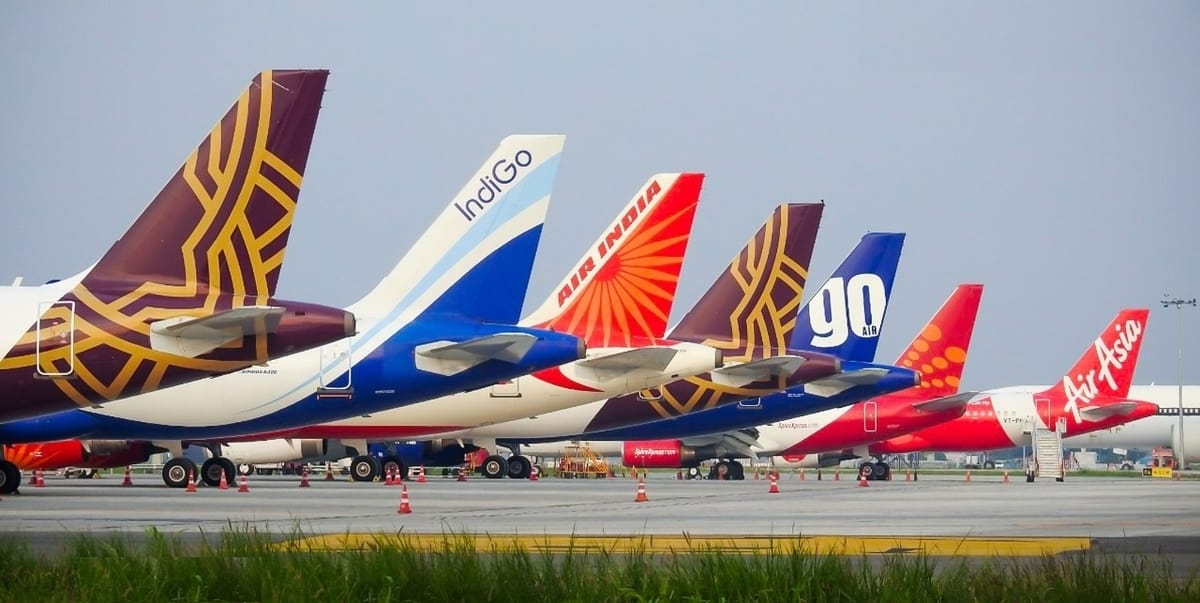
Aviation consultancy firm CAPA said that more than 75 planes of Indian carriers are currently grounded due to maintenance and engine-related issues.
These planes, which account for around 10-12% of the Indian fleet, are grounded due to maintenance or engine-related issues. "These will have a significant impact on financials in the second half," CAPA said in its India Mid-Year Outlook 2023 released on Tuesday, November 1.
As per the report, more than 75 aircraft are currently grounded, creating serious challenges against the backdrop of an already hostile cost environment and contributing to increased losses.
The capacity has been impacted by serious supply chain issues impacting current and future deliveries, it said, adding that these issues are likely to proliferate in the fiscal starting April 2023 which, in turn, will impact future deliveries, the report said.
Around 10-12% of the Indian aircraft fleet grounded due to maintenance or engine-related issues
Significantly none of the domestic airlines, including two listed companies -- IndiGo and SpiceJet -- has so far made any public announcement on the grounding of the planes.
According to CAPA, delays in future deliveries could also reflect liquidity issues as the income from the sale and leaseback financing may be less than planned.
Delays in aircraft deliveries may also result in increased unit costs for carriers due to the need to extend the leases of older aircraft in the fleet, which have higher maintenance costs and fuel consumption than the new aircraft that would have replaced them. The report also said that non-supply issues are also expected to emerge next years such as shortages of pilots and engineers.
Tough time ahead for the Indian aviation sector
Centre for Aviation (CAPA) today released India's Mid-Year Outlook for FY2023 for the aviation sector. According to the report, the next 12 months are likely to be challenging for the Indian aviation sector.
The industry is likely to face various challenges like high fuel prices, currency depreciation, rising interest rates, high inflation, geo-political tensions & recessionary conditions in various countries. The threat of supply chain issues & labour shortages especially in the West are other challenges for the Indian aviation industry.
According to the report, the next 12 months are likely to be challenging for the Indian aviation sector.
The cost environment for the industry is likely to remain hostile, which is likely to make the next 12 months challenging for the Indian aviation industry. The airline losses are expected to be significantly higher than previous estimates, losses could exceed USD 2.5 billion.
Low-Cost Carriers can face losses of up to USD 1 billion. On the other hand, Full-Scale Carriers can face losses of over USD 1.5 billion.
CAPA has also highlighted that Domestic traffic is expected to be near 130 million or marginally lower & domestic capacity is expected to be similar to pre-COVID levels. International traffic is still expected to be around 55-60 million & international capacity is projected to be around 10% lower than pre-Covid levels.
Read next
Adani group-run Mumbai International Airport announced the opening of its renovated general aviation terminal exclusively for business jets on November 1.
Spread over 753.26 square feet, the refurbished terminal at the country's second busiest airport in the financial capital can handle over 50 passengers per hour. The terminal offers an efficient processing area with Customs and Immigration and immediate access to private jet aircraft stands from the Terminal.
The revamped terminal offers facilities such as booking of the meeting and conference room with audio and video aids, expansive lounges with butler service and round-the-clock staff-on-call, among others, the private airport operator said.
https://twitter.com/CSMIA_Official/status/1587338997734559744
The terminal handles on average 2,400 fliers per month through 750 domestic and international flights on average per month, a Mumbai International Airport spokesperson said. Daily, it sees some 80 fliers arriving or departing with 25 flights on average, he said.
In the first seven months of 2022, the airport handled 6,081 passengers at the general aviation terminal, according to Mumbai Airport.
The terminal has been built to support the movement and processing of passengers flying through chartered flights from the airport, it said, adding that it offers a processing area with customs and immigration and immediate access to private jet aircraft stands from the terminal.
Mumbai Airport debuts its remodelled business jet terminal
With the GA terminal and the newly developed general aviation aircraft parking stands being co-located, passengers will find it more convenient to travel to and from the aircraft for boarding or de-boarding. The terminal offers an efficient processing area with customs and immigration and immediate access to private jet aircraft stands.
Besides, having an access control system, Wi-Fi enabled services, and IT system integrated systems, passengers are efficiently processed through all interaction points such as enabling the boarding pass, dedicated porter service, check-in and hand baggage processing, with a minimum waiting period. In addition, the terminal is fully accessible to our passengers with special needs and passengers with reduced mobility.
The scope of GA involves civil aviation activities other than large-scale passenger or freight operations and includes business and personal travel, medical transport, search and rescue, sightseeing, aerial survey and mapping, law enforcement and agricultural aviation.
The terminal offers an efficient processing area with customs and immigration and immediate access to private jet aircraft stands.
In April 2022, 95 Non-Scheduled Operators Permit (NSOP) holders had a fleet of 330 fixed-wing and rotary-wing charter aircraft, according to data from the aviation regulator the Directorate General of Civil Aviation (DGCA). The country currently has three FBO lounges in Ahmedabad, Delhi and Mumbai, with a fourth one proposed at Bengaluru airport.
ALSO READ - A dedicated general aviation terminal is now available at Ahmedabad Airport
Mumbai International Airport Limited (MIAL) is managed by Adani Airport Holdings Limited (AAHL), a subsidiary of Adani Enterprises, the flagship company of the Adani Group. MIAL is a public-private partnership (PPP) venture between AAHL, holding a majority stake of 74%, and the Airports Authority of India, holding the rest of 26%.


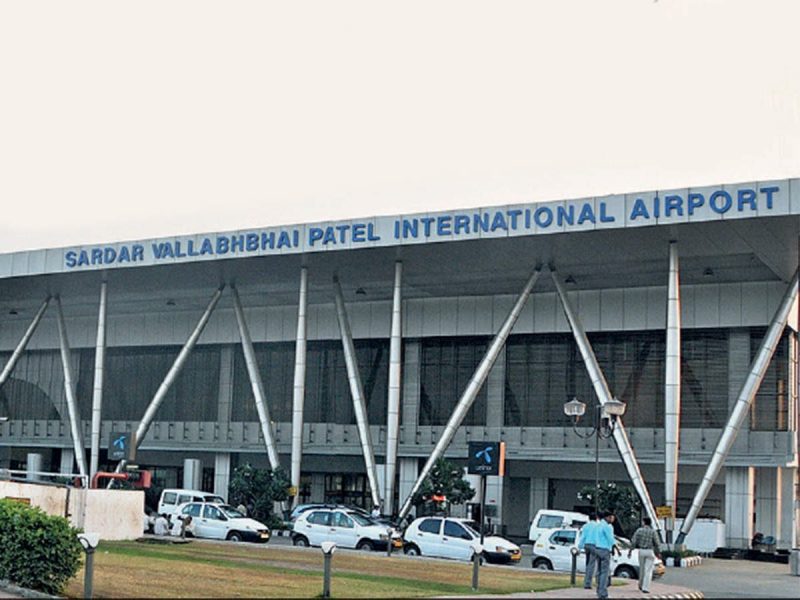
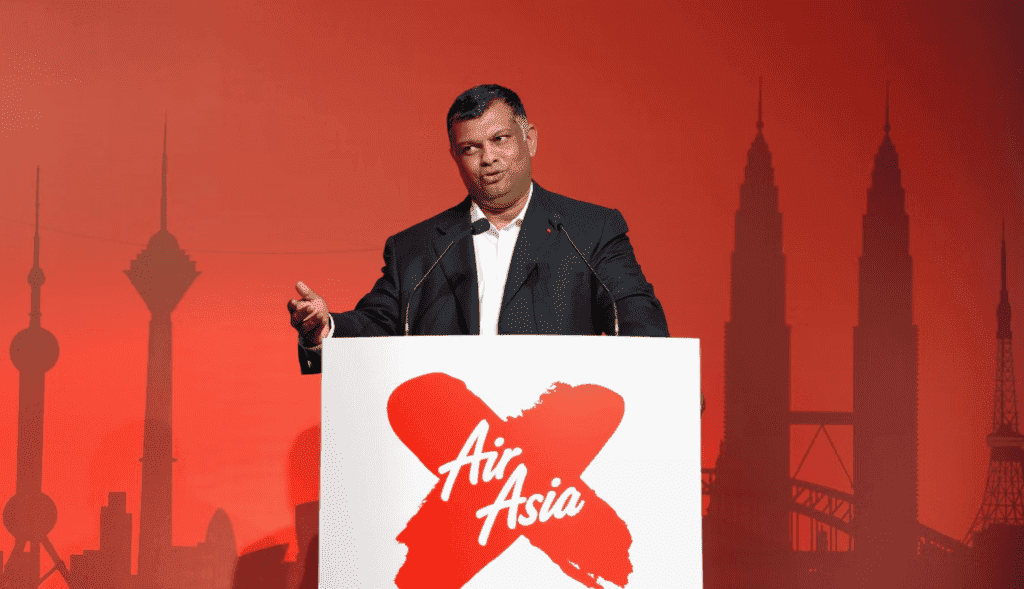
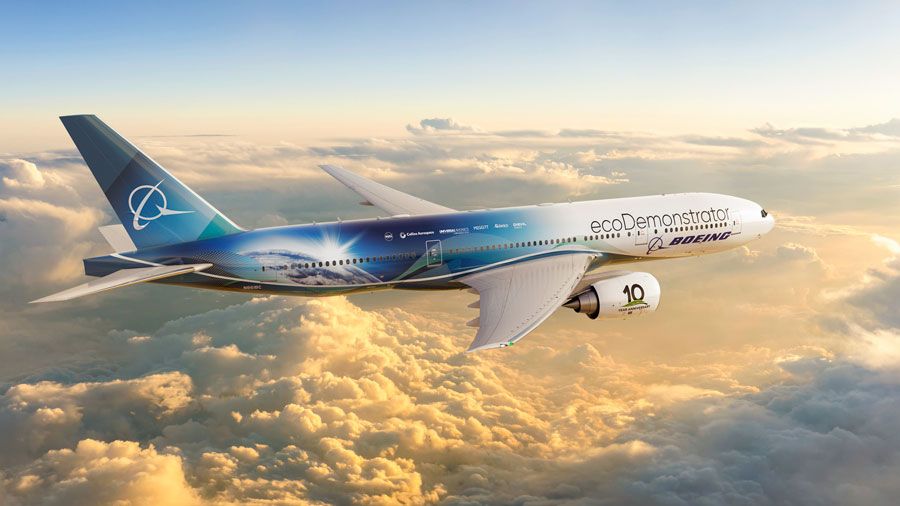

Comment